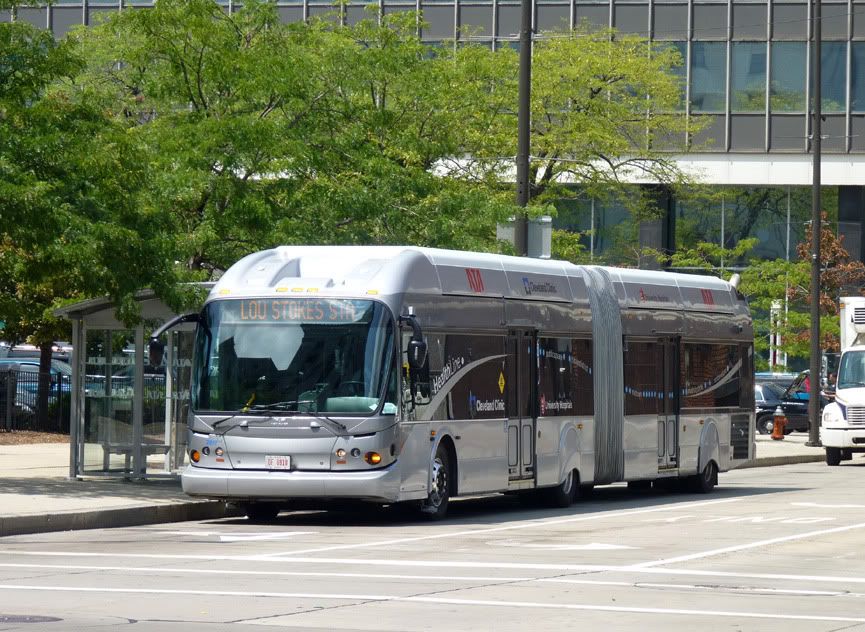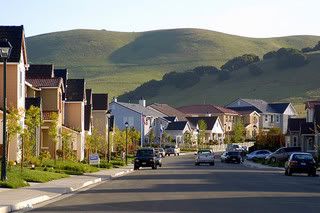I have ridden the Beijing Subway and lived to tell the tale! Click through for scary youtube clip of the Beijing Subway Of course, the youtube clips you might be able to find about incredible overcrowding on the Beijing subway is just part of the story. Indeed, when riding on my “home” subway line, I …
Tag: Transit Oriented Development
Sep 16 2014
Sunday Train: Reflections on a visit to the East Coast
Cross-posted from The Sunday Train ~ apologies for the jet-lag induced cross-posting delays
Your intrepid sustainable energy and transport reporter was recently required to engage in some official business with an overseas consulate located in New York city, and in order to be able to afford to sit and wait as the wheels of bureaucracy as long as might have been required, obtained lodgings in a relatively cheap motel in New Brunswick and took the NJ Transit Northeast Corridor train back and forth. This week’s Sunday Train is a collection of scattered observations made along the way.
Jul 07 2014
Sunday Train: Thinking About a Bakersfield Express Bypass
 Since Gov. Brown saved the California HSR project for the second time (the first time was in 2012), I’ve had a look at the general issue of funding HSR with Cap and Trade, and looked at some possibilities for complementary conventional intercity rail in the Bay Area and the San Joaquin Valley north of Fresno … so I thought I might start moving south of Fresno.
Since Gov. Brown saved the California HSR project for the second time (the first time was in 2012), I’ve had a look at the general issue of funding HSR with Cap and Trade, and looked at some possibilities for complementary conventional intercity rail in the Bay Area and the San Joaquin Valley north of Fresno … so I thought I might start moving south of Fresno.
And today I am going to focus on Bakersfield and a starting sketch of an idea for what I call the “Bakersfield Express Bypass.” I do want to stress upfront, so its not lost in the details of talking about the Bypass, that I am not talking about “skipping Bakersfield”, but rather talking about how best to plan for those LA to SF trains that will eventually be Express trains, Anaheim, LA, Burbank, Fresno, San Jose, San Francisco Transbay.
Mar 17 2014
Sunday Train: Four Rules for Transit-Oriented Development from Five leaders
 This week’s Sunday Train features a piece from John Karras’ urbanSCALE.com, How Your City Can Succeed In Transit Oriented Development. John looks at DC, Portland, Denver, Salt Lake City and Cleveland to argue that your city can also succeed in pursuing Transit Oriented Development:
This week’s Sunday Train features a piece from John Karras’ urbanSCALE.com, How Your City Can Succeed In Transit Oriented Development. John looks at DC, Portland, Denver, Salt Lake City and Cleveland to argue that your city can also succeed in pursuing Transit Oriented Development:
Here are the 4 key ingredients needed to create successful transit oriented development:
- TOD Ingredient #1: Connect dense employment centers
- TOD Ingredient #2: Regional collaboration
- TOD Ingredient #3: Proactive planning and public policies to encourage TOD
- TOD Ingredient #4: Public-private partnerships for joint development
This is an important argument, and ties in with many themes address in previous Sunday Trains, including Sustainable Real Estate Development is Good for the Economy and Other Growing Things (30 June 2013), Trains & Buses Should Be Friends (24 Nov 2013) and ‘the successful communities are going to be the ones who get rail.’ (1 Dec 2013), so join me below the fold for the most recent consideration of these issues and Transit-Oriented Development, commonly abbreviated as “TOD”.
Jul 01 2013
Sunday Train: Sustainable Real Estate Development is Good for the Economy and Other Growing Things
cross-posted from Voices on the Square
 As a member of the WorldWide Transit Cabal (not to be confused with the Secret Worldwide Transit Cabal, since of course their membership is secret, though at times my blogging is as active as there’s), I have long argued that development of sustainable transport will be good for the economy as well as other growing things (to paraphrase the National Lampoon).
As a member of the WorldWide Transit Cabal (not to be confused with the Secret Worldwide Transit Cabal, since of course their membership is secret, though at times my blogging is as active as there’s), I have long argued that development of sustainable transport will be good for the economy as well as other growing things (to paraphrase the National Lampoon).
Recently, a study by Professor Gary Pivo has been released that demonstrates that this is not just a forward looking statement. Sustainable Transit-Oriented Development is presently good for home values and are associated with lower risk of foreclosure. How good? To quote Ped Shed’s summary of the research results:
The second hypothesis was that default risk was reduced by sustainability features (or conversely, risk was increased by unsustainable features). This also turned out to be true. The effect of the variables was substantial:
- Commute time: Every 10-minute increase in average commute time increased the risk of default by 45%.
- Rail commute: Where at least 30% of the residents took a subway or elevated train to work, the risk of default decreased by 64.4%. New York City was omitted from this calculation because it skewed the results.
- Walk commute: Every increase of 5 percentage points in the percent of residents who walk to work decreased the risk of default by 15%.
- Retail presence: Where there were at least 16 retail establishments nearby, the risk of default decreased by 34.4%.
- Affordability: For properties with some units required to be affordable, the risk of default decreased by 61.9%.
- Freeway presence: Where properties were located within 1,000 feet of a freeway, the risk of default increased by 59%.
- Park presence: Where properties were located within 1 mile of a protected area, the risk of default decreased by 32.5%.
And this does not seem to be just “fishing for results”: adding these factors to a model used by other researchers, including “characteristics of the loan, property, neighborhood and location, and regional and national economies” improved the accuracy of the model on four measures of goodness of fit.
Jul 30 2012
Sunday Train: Rescuing the Exurb from its Design
Burning the Midnight Oil for Living Energy Independence
crossposted from Voices on the Square
 Back in April, Hope Yen was on the Huffington Post with Sprawling Suburbs Growth Falls To Historic Low Amid High Gas Prices
Back in April, Hope Yen was on the Huffington Post with Sprawling Suburbs Growth Falls To Historic Low Amid High Gas Prices
All across the U.S., residential exurbs that sprouted on the edge of metropolitan areas are seeing their growth fizzle, according to new 2011 census estimates released Thursday.
…
“The heyday of exurbs may well be behind us,” Yale University economist Robert J. Shiller said. Shiller, co-creator of a Standard & Poor’s housing index, is perhaps best known for identifying the risks of a U.S. housing bubble before it actually burst in 2006-2007. Examining the current market, he believes America is now at a turning point, shifting away from faraway suburbs to cities amid persistently high gasoline prices.
…
“Suburban housing prices may not recover in our lifetime,” Shiller said, calling the development of suburbs since 1950 “unusual,” enabled only by the rise of the automobile and the nation’s highway system.
As it was originally designed, Outer Suburbia and Exurbia was designed to fail in an era where increasing energy efficiency will be a fundamental platform for ongoing growth. However, its possible to retrofit Outer Suburbia and Exurbia to a more sustainable design.

Recent Comments